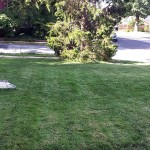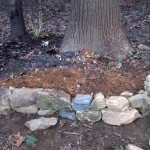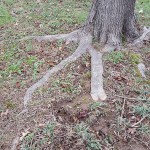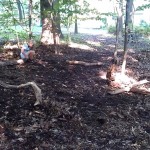Ryan Kinka
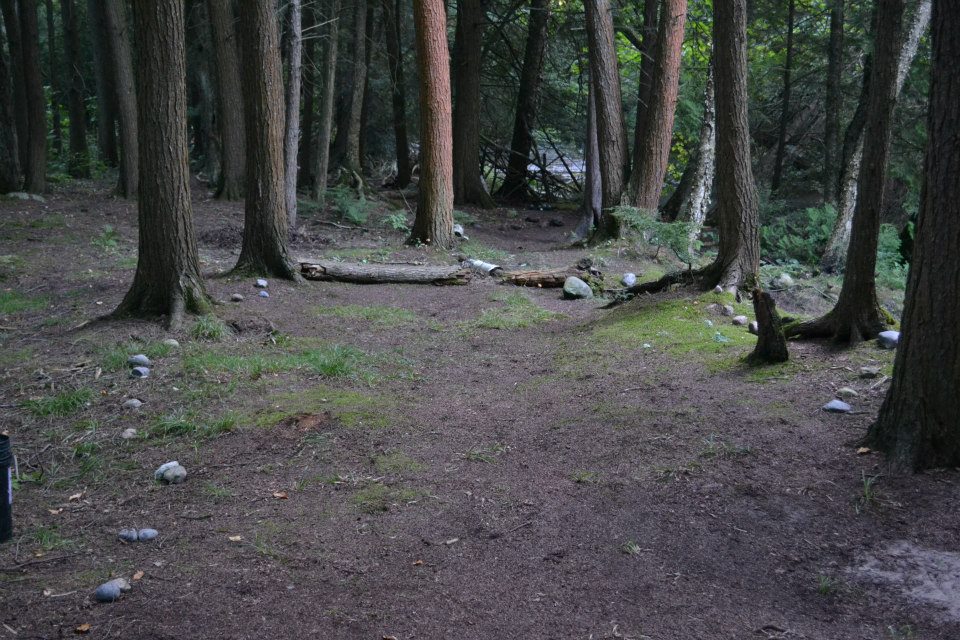
There are a lot of different Stones Courses around and I have played most of them. Some of these courses were carved naturally by nature, while others were designed by man. The one unalienating truth about Stones is the earth is your course and you can play the game where ever you choose. Every course has its charm and I think you would be hard pressed to call out “the best” overall course in the world. I’m going to take a few weeks to try and document what are my Top “Features” of courses I have played. These lists are by no means all encompassing, just one Stoner’s favorite parts of the game he loves.
#5- Second Stretch- Original Private West Chester, PA Course
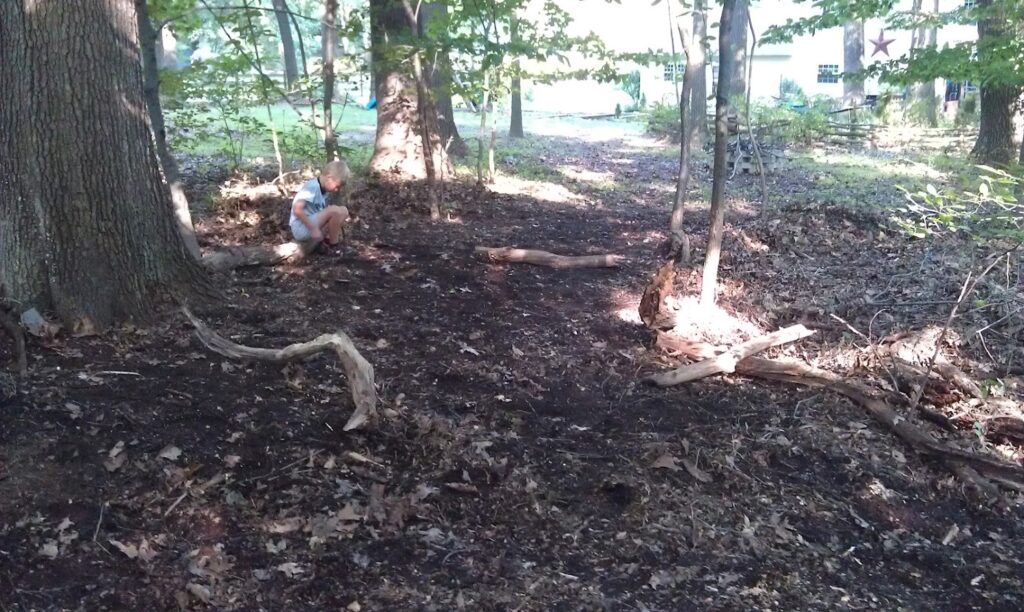
The first full permanent course built in the Philadelphia Area was on a private property in West Chester in 2012. The second Stretch was the first one designed. An uphill dogleg left that sloped hard at the corner this base throw was always interesting. Due to the Tree cover, you had to keep the throws low but with enough to get up the slope. With the right speed it would make the turn and roll down toward the landing. A redesign in 2014 added play to the right of a large tree- away from the natural movement of the stretch. This base throw was used in our first “How to Play Video” in 2015. (https://www.youtube.com/watch?v=z3bVmS8_hzg)
#4- Fifth Stretch- The Grove- East Goshen Park- West Chester, PA
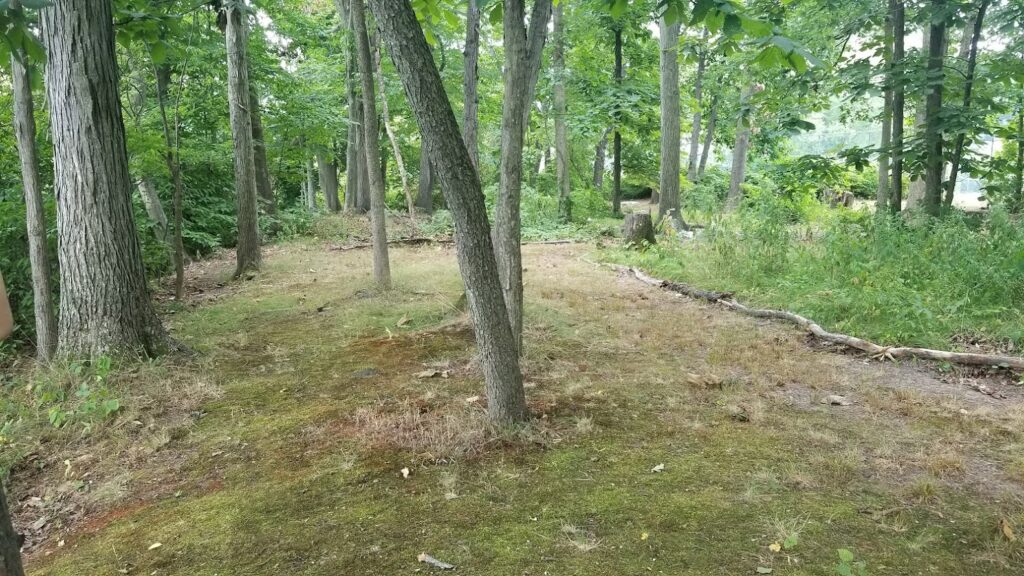
The final Stretch at East Goshen has some of the most options available from a base. The first 15 feet the stretch has plenty of action with a nice slope and water if you go too long. It then turns 90 degrees to the left giving the base throw a full carry with multiple trees and targets. For the brave- the small elevated landing is reachable with a throw through multiple trees but it requires an impressive throw to close it out. This throw especially on the final stretch is 100% risk vs reward.
#3- Second Stretch- Brewer’s Hollow- Southern Tier Brewery- NY
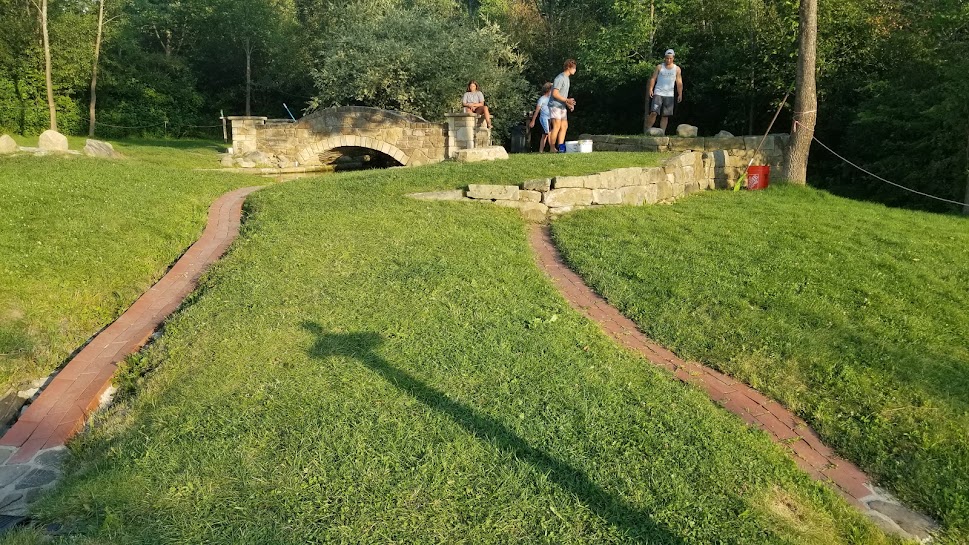
Obviously the prettiest course ever built, Brewer’s Hollow has some amazing stonework as you can see. The 2nd Stretch has not only the best base throw, but is the best stretch overall. Standing at the base of the hill you are handed four major uphill throw choices. Two to the left side, protected by water if you go long and two to the right side with a stone wall that drops off to OB. This throw is as intimidating as they come and well designed. Plenty of games can be won or lost early here.
#2- First Stretch- Boxer’s Trail- Fairmount Park, Philadelphia, PA
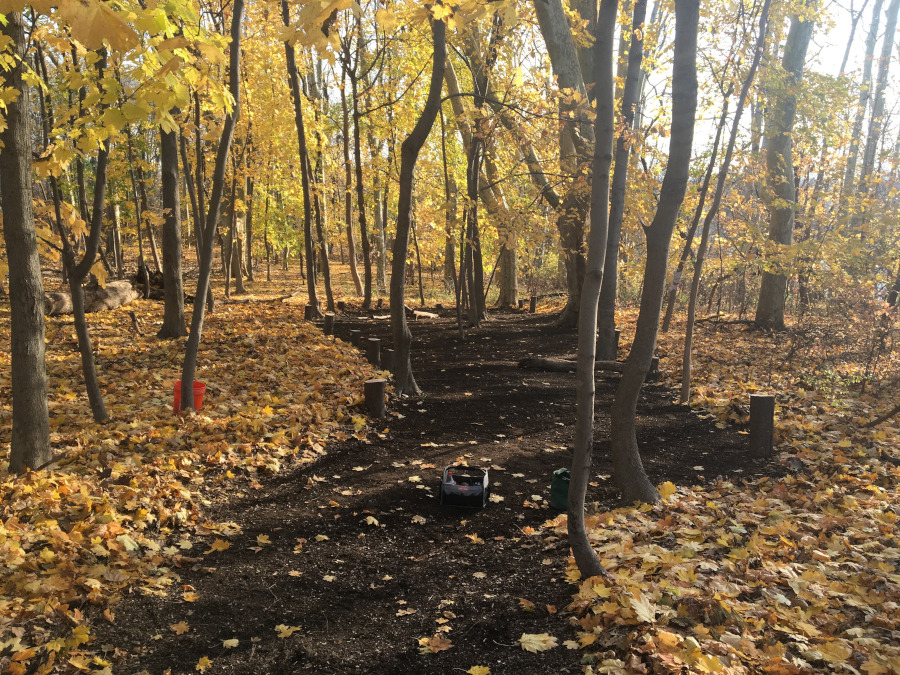
The first stretch was one of the first breaks from traditional design with actual trees in the middle of it and some 15-20 feet wide in certain parts. Before this, stretches would tend to be only 3-4 feet wide. This elevated Base between two trees gave you an inspiring look over the entire Boxer’s Trail course. The downhill throw also allowed for a variety of distance plays, and a stone could end up at the bottom of this stretch some 150+ feet away. Easy to play, but difficult to master, it is a perfect blend for new and pro level players.
#1 First Stretch- River Course – Port Hope, ON Canada

My best base throw may not be the most technical, or the most intimating, but the feeling you when you stand there looking down the stretch is what Stones is all about. This private property rests on over 100 acres of “unspoiled” Canadian wilderness actually has 2 courses, The River Course and The Woods Course. You enter the course area by walking down a valley that has been carved by a stream over a millennia. The First base rests just 8 feet from a cliff to the stream below. The stretch is covered in moss, pine needles and forest loam yet rolls as smooth as a PGA golf green. The options here are almost endless depending on how aggressive you wish to be taking on the water on the right. No man could ever create this, this was created, destroyed and created again by mother nature and THAT is the Stones at its finest.

